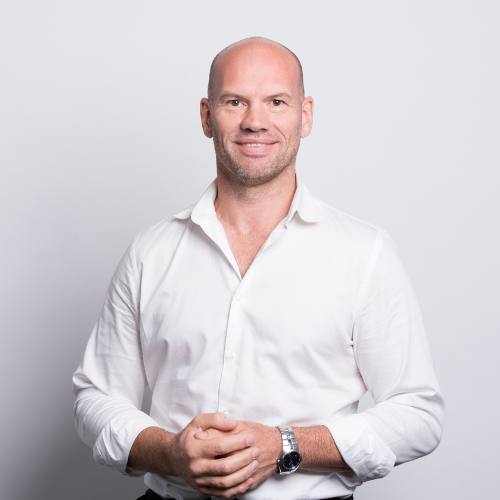Question
What is “normal” when it comes to testicle size?
Answer
Since testes (or testicles) are ovoid-shaped (a bit like an egg), they are measured by volume, in millilitres (ml).
Testicular volume is related to a person’s height and weight and varies according to race, nutrition, geography, health and environmental factors, so there is a range of what’s normal. About 80% of men have testicular volumes somewhere between 20-30 ml. But just like measuring anything, testicular volume depends on what you use to measure it, and on when and in whom it is measured.
How to measure testicles
You might have noticed a string of egg-shaped beads of different sizes in your GP’s office. It’s likely an orchidometer, for measuring testicular volume. The person doing the measuring gently stretches the scrotum to hold one testis for comparison to the size of the beads of the orchidometer. The volume of each of the beads is written on them, so when you find one that matches the testis size, you get an accurate and reliable measurement. Both testes can be measured easily, without any physical discomfort, in a couple of minutes.
What size should your testicles be?
Before puberty, testicular volume measured by orchidometer is usually less than 3 ml. Testicular volume above 3 ml is a sign that puberty has begun, and as puberty continues, testicular volume rises rapidly. By around 20 years of age, the testes are about as big as they’ll ever be. Testicular volume might decrease a little with age after about 50 but there’s not much of a decline until about 80. If your testes are 4ml or less after puberty — around the size of a grape — you should chat to your doctor as small testes are a common symptom of Klinefelter syndrome.
More precise measurement of testis volume can be obtained using ultrasound. This might be used by a fertility specialist, as part of a more detailed ultrasound examination of what’s in your scrotum if you and your partner are having trouble conceiving. The average testicular volume for an adult human, measured by ultrasound is about 14 ml (smaller than measurements made by orchidometer).
Just as testicular volume varies between men, it varies a bit between the left and right testis. You might have noticed that yourself, especially if you’re performing regular testicular self-examinations.
How can you measure your testicle size at home?
There’s no proper way to measure your testicles at home. If you’re worried about their size it’s best to see a doctor who can use an orchidometer.















